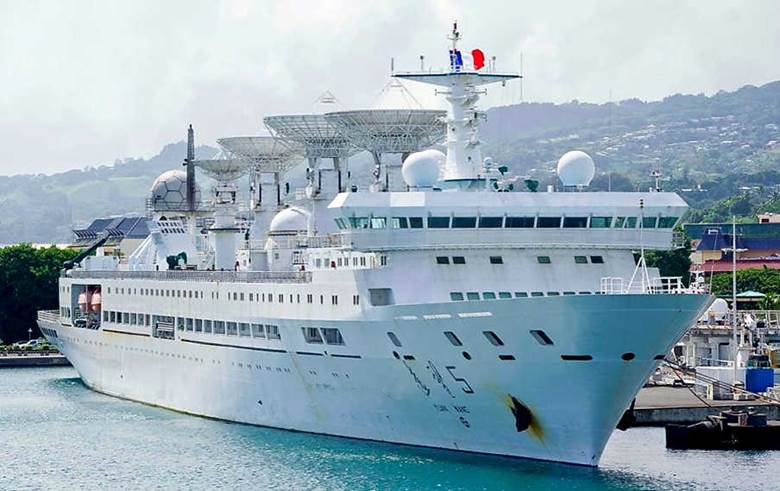Description

Copyright infringement is not intended
Context: The Chinese research and survey vessel Yuan Wang 5 has re-entered the Indian Ocean in what coincides with a planned Indian long-range missile test on December 15 or 16. In a similar incident last month, another vessel, Yuan Wang 6, entered the Indian Ocean Region (IOR) coinciding with a planned Indian missile launch, but the launch was then deferred.
.jpg)
Details:
- India had issued a NOTAM (Notice to Airmen) for a no-fly zone over the Bay of Bengal for a possible missile launch with a window between December 15 and 16, for a maximum distance of 5,400 km.
- Given the range, it is likely to be the test of the Agni-5 intermediate range ballistic missile.
- While research activities are allowed on international waters as per international regulations, the data generated had a dual nature, including military, and on many occasions, the motive of the Chinese vessels seemed doubtful.
- In August, the docking of Yuan Wang 5 at Hambantota in Sri Lanka had created a major diplomatic situation between India and Sri Lanka.
- Navy chief Admiral R. Hari Kumar said that there were a lot of Chinese ships which operated in the region. He added that there were four to six Navy ships, research vessels and fishing vessels apart from 60-odd ships of extra-regional forces, and as a resident power, the Indian Navy kept track and ensured that “they do not undertake any inimical activities”.
- The Chinese presence in the Indian Ocean began in 2008 under the garb of anti-piracy operations in the Gulf of Aden and have since maintained continuous presence in the region, even deploying nuclear attack submarines (SSN) on occasions.
- China had since set up a military base in Djibouti and developed several dual-use ports in the IOR in Sri Lanka, Myanmar, Pakistan and other countries.
.jpg)
https://epaper.thehindu.com/Home/ShareArticle?OrgId=G4OAJQBPS.1&imageview=0






.jpg)








